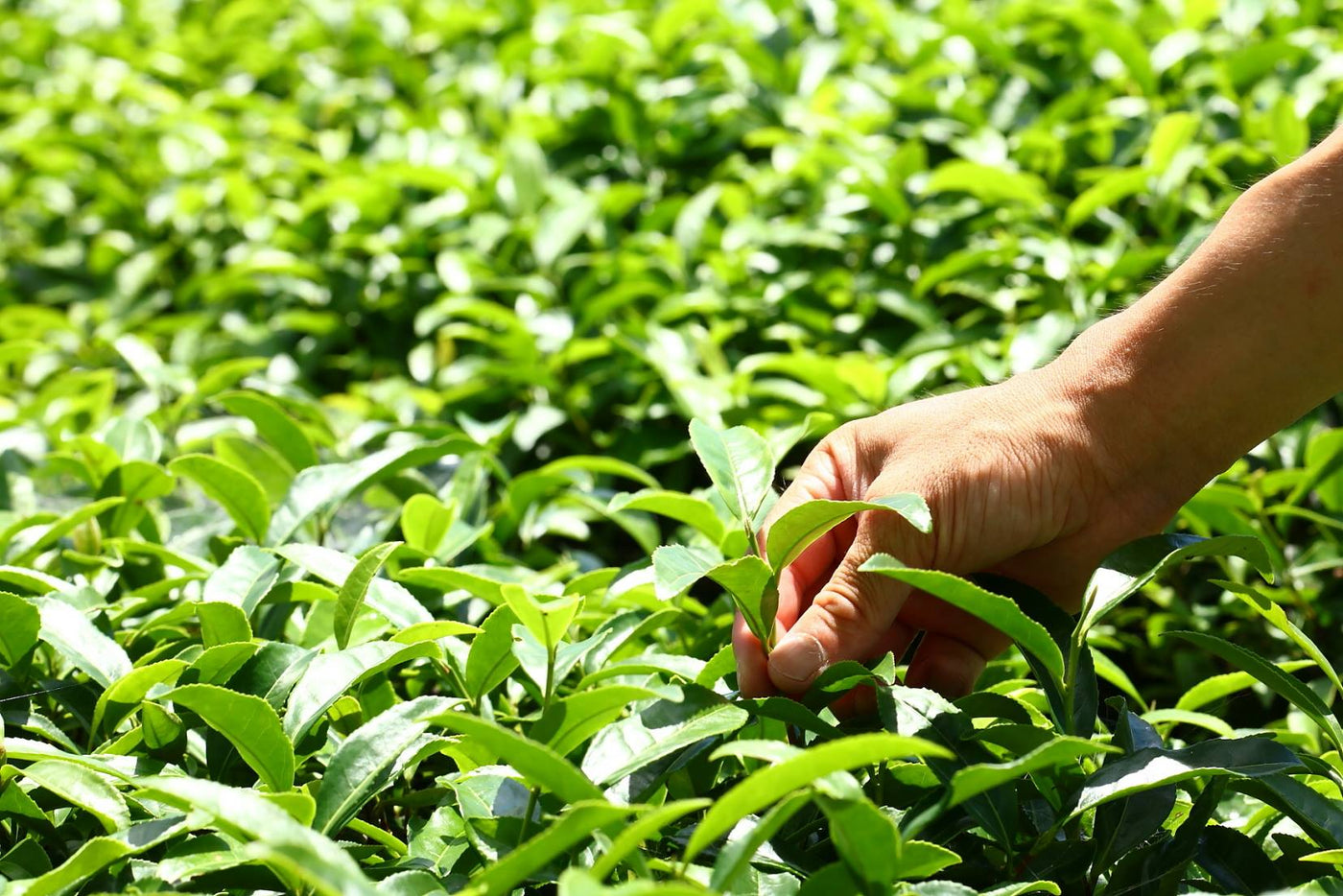

Oguri Tea Farms
(0 products)
-
Introduction
-

Makinohara (former Sagara Town) is one of the leading tea producing districts as tea ceremony Shizuoka.
In the tea plantation growing due to the breezes from the Enshu nada, good quality tea leaves are taken and nurtured today's Makinohara.Tea traceability
In Oguri Farm, we are quickly introducing traceability (ubiquitous system), the first tea industry, to disclose information.
-
COMPANY INFO
-

In order to leave Makinohara's rich nature to the next generation, we are working on environmental conservation activities.
We cherish the contact with the community and we are doing activities aiming for symbiosis with the local community.
- Name: Oguri Tea Farm
- CEO: Hisatomo Oguri
- Company Address: 2124 Shinsho, Makinohara City, Shizuoka, Japan
- Factory Address: 2090-3 Shinsho, Makinohara City, Shizuoka, Japan
- Founded: April 1, 1916
- Established: Dec 20, 1977
- Employees: About 30
- Annual capacity: About 350 tons
-
Shincha leaves appearing
-
-
Our Cultivators
-
In order to produce healthy green tea for consumers, we constantly research the green tea-making process along with these six cultivators below.

Katsumata Kaitaku Tea Farm Co-op
We specialize in making full-bodied smooth-tasting green tea.

Shimokurasawa Tea Farm Co-op
We are particularly proud of our sweet tasting Fukamushicha.

Hiroyoshi Sugita
We're constantly striving for the highest standard of high quality for our teams.

Chamuchamurando Sugayamaen
We are primarily concerned with providing high quality tea to satisfy the tastes of our customers.

Makinohara Marumaki Tea Farm Co-op
Our main focus is to produce top quality green tea which meets the highest of health standards.

Yamazakiseicha
When producing green tea, we treat our surrounding environment with the utmost respect.
-
The Process of Making Aracha
-

1. Picking and Gathering
A base is formed by trimming the hedges at the beginning of the growing season. New leaves grow above this base, making it easy to harvest only new leaves using hand-held or tractor-type harvesting machines.

2. Steaming and Cooling
The leaves are put into a large steaming machine and steamed for different lengths of time depending on the type of tea. The leaves are then cooled in order to preserve their green color (chlorophyll).

3. First Drying
A large dryer-like machine is used to evaporate left-over moisture from the previous step. The leaves are dried using a combination of warm air and high air pressure. This stage is a simple first drying. Leaves are dried at least twice, but sometimes as many as four or five times, depending on the type of tea.

4. Second Drying
The second drying uses a machine which presses as it dries. This gives the leaves a standard moisture level. The second drying is more severe and makes the leaves extremely dry on the surface but the inside of the leaves are still moist. Drying the inside of the leaves happens in the next step.

5. Rolling and Third Drying
The leaves are heated, pressed, and rolled to make tiny, thin sprigs and dried.

6. The Aracha is Ready
At this point, we have dry leaf in a very rough state. Powdery tea leaf bits, stems, and leaves of different sizes are still mixed together. Many production lots will be judged, blended, and refined at our factory.
-
Tea leaf refinement
-

1. Leaves are sorted by size using a flat sieve. The small pieces fall through leaving the larger pieces left-over. The larger pieces are then sent to a cutting machine.

2. The leaf fragments are lightly roasted to give a full-bodied flavor and aroma.

3. Again, using sieve-like sorting machines and static electricity, the fragments are sorted into different categories. For example, the stems and leaves are separated so they can be used to make different kinds of tea.

4. The different tea leaf fragments are blended together to produce a standard product.
- Featured
- Best selling
- Alphabetically, A-Z
- Alphabetically, Z-A
- Price, low to high
- Price, high to low
- Date, old to new
- Date, new to old
No products found



















